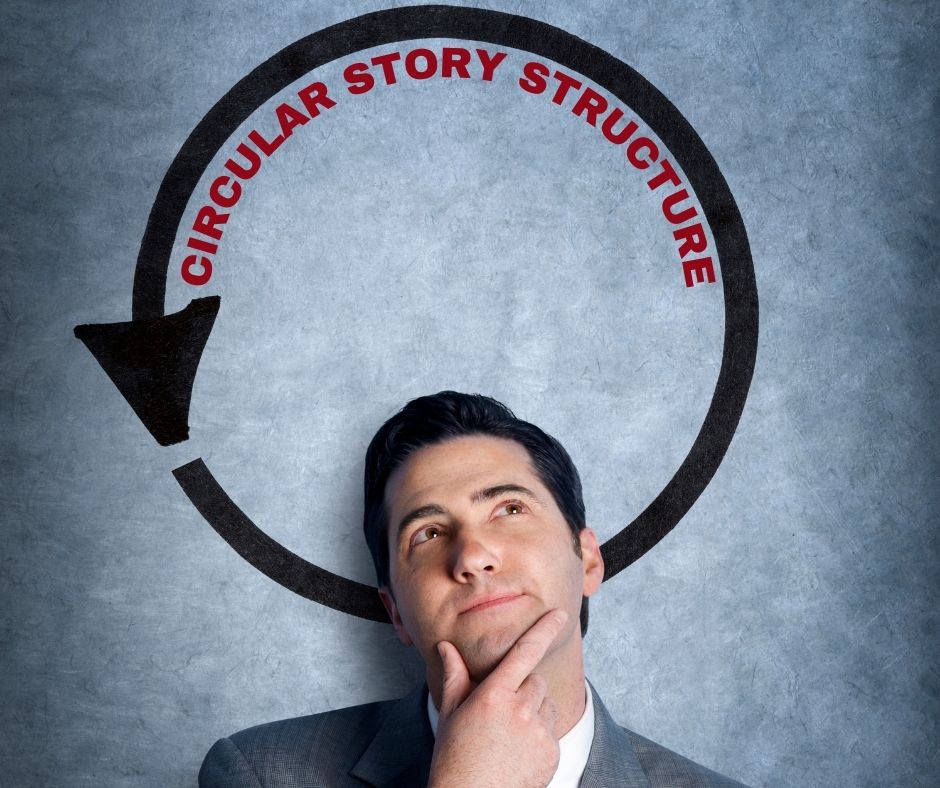Stories about traveling through time are the most common examples of circular structure narratives, and they use the circular part of the narrative in its most literal sense.
The plot of a circular story progresses through the story’s events one by one before returning to the beginning. Instead of concluding the story by neatly tying up any loose ends, a circular narrative will wrap things up by circling back to the beginning. Some possible climaxes include: a restatement of an opening sentence or phrase, a return to the same place, or a reiteration of the opening event.
Flashbacks and dream sequences are common devices used in circular tales to convey a sense of departure from and return to the original form. It is common for circular narratives to return to the initial topic or theme in the final paragraph.
A circular or cyclical narrative is one that returns to its starting point. Circular storylines can be found in the mythology of many different civilizations, and they are prevalent in works across all genres written during and after the Modernist period. In the same way that an essay’s introduction and conclusion are similar, the beginning and ending of this story are, too. However, the story nearly never ends with the characters or events remaining the same.
Stories, like cats, can be skinned in a variety of ways. Another similarity between the two occupations is that both have the potential to make you feel sick and frantic. I should stop elaborating on that metaphor now. The only thing you really need to know is that a circular format is one possible technique to relay a tale.
Pros of Circular Storytelling
This approach works well for showing development in a character, which is something I appreciate. Certain character arcs automatically have a dramatic effect. That time-honored strategy is also included. There are standard story points that can be used as guides for where the plot will proceed. Helps lighten the load of the trip.
The viewer can be thrown even more curveballs, in my opinion. They are predisposed to certain conclusions, but you may keep them guessing by subverting common tale conventions. Even if the final destination is the same as the starting point, this method still produces a valuable spec.
Cons of Circular Storytelling
As was just discussed, falling back on tired tropes and cliches can make your story formulaic and uninteresting. Additionally, you may find that it’s overly stiff. A lot of the time, we feel confined by predetermined frameworks and long to float free in order to convey our true narrative selves. For inspiration, that’s a must-have. Therefore, you should never allow yourself to be restrained by such things.
Such stories, in my opinion, also confine a protagonist. Therefore, many of these cyclical storylines might be challenging for various genres. Once again, this is a matter of personal preference and trial and error. Please have a look and give me your feedback.
Any narrative can be enjoyed by taking this perspective. It’s not a rule you have to follow, but it might help you examine the beginning and conclusion points of your story. We’d like to hear from you if you’ve tried it and found it helpful.




